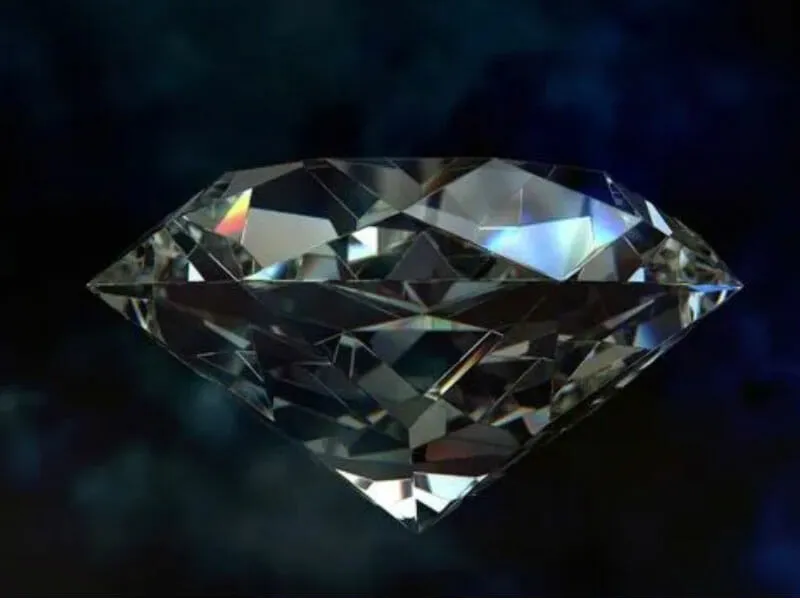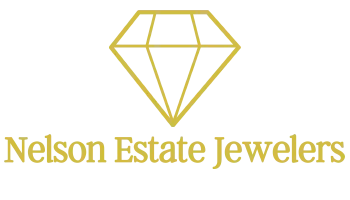
The Quality of Diamonds: An Overview of the 4Cs
One thing most people know for sure about diamonds is that they’re typically brilliant and stunning and make great gifts.
However, more goes into selecting the perfect diamond than one might think.
If you’re in the market for something for yourself or a loved one, educating yourself on the 4Cs of Diamond Quality can help ensure that you’re getting what you’re paying for.
We have a full, detailed guide on the 4C’s here if you want to learn more.
What does “4Cs” mean?
A diamond’s color, clarity, cut, and carat weight are deemed the “4Cs.”
These factors determine a diamond’s value and define its overall quality.
How it Became Known as the 4Cs
Many years ago, there were no consistent terms for diamond quality.
In the 1500s, diamond clarity was described as “without flaws” or “with imperfections.” Regarding color, merchants used “tincture” or “tint.”
Even the cut was called “made well” or “made poorly.”
The only consistent term was the one that described weight, which we all still know today as “carat.”
Unfortunately, these inconsistencies prevented jewelers from adequately communicating the value of diamonds to their customers.
Thanks to Robert M. Shipley, a former retail jeweler, the American jewelry industry began its journey toward becoming professionalized in the early 20th century.
In 1931, Shipley established GIA so formal training could be provided to jewelers.
He also established the American Gem Society (AGS), a guild where GIA graduates became members.
Shipley created the 4Cs, an abbreviation that helped jewelers remember and explain these newly standardized diamond value terms: color, clarity, cut, and carat weight.
The 4Cs of Diamond Quality are now the universal phrase and standard by which all diamonds worldwide can be defined to determine their true value.
This, along with the GIA’s grading standards and practices, means that the quality of diamonds can be communicated in a universal language, giving diamond purchasers a way to know what they are actually buying.
How the 4Cs Can Help You
When shopping for a diamond, make sure that you seek out a jeweler who specializes in the 4Cs.
If you work with someone with the knowledge required to determine your diamond’s worth, you can feel comfortable knowing that your money is going toward something of true quality.
Check out this video from GIA on How to Choose a Diamond:
1. What’s the big deal about the 4Cs in diamond grading?
Think of the 4Cs—cut, color, clarity, and carat—as your secret map to treasure hunting in the world of diamonds. They’re like the compass, telescope, sword, and parrot on a pirate’s shoulder! The cut ensures your diamond sparkles like a star in a dark sky. Color? It’s all about how clear or yellow that gem looks. Clarity checks if any tiny blemishes are hiding inside or on its surface. And carat? That’s just how much this little rock weighs on the scales.
2. How does “cut” sparkle my diamond more than my neighbor’s?
Imagine sculpting ice for a fancy party—you want it to catch every light in the room and dazzle everyone. A brilliant-cut does exactly that for diamonds; it’s like giving them superpowers to capture light and throw it back at you with all its might!
3. Is choosing a color for my diamond like picking out paint swatches?
Sort of! With diamonds, though, we often look for what’s not there—a lack of color means higher grades here! Think ghost-white or crystal-clear waters from those vacation brochures; that’s what top-tier diamond colors are compared to.
4. Why should I squint at tiny marks when looking at clarity?
These little imperfections are like birthmarks—they tell a story about where your diamond came from, but don’t worry too much unless they mess with its sparkle under bright lights or make it look cloudy.
5. Does bigger always mean better when talking about carats?
Not always! Imagine two cookies—one huge but bland and one smaller packed with flavors—the second one will win every time, right? It’s similar with diamonds; size (carats) matters but doesn’t trump brilliance (cut), beauty (color), or secrets (clarity). Sometimes, less is indeed more if everything else shines brighter!




